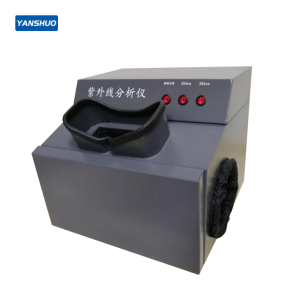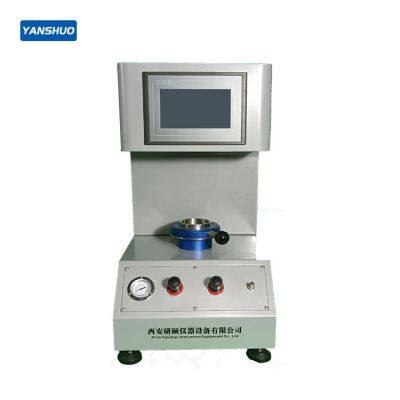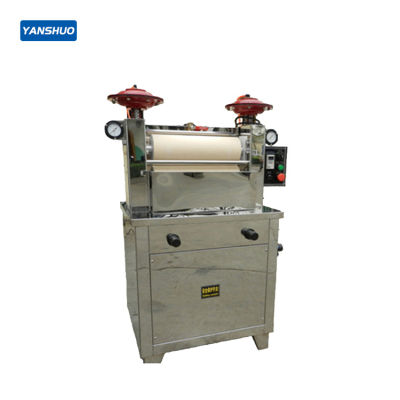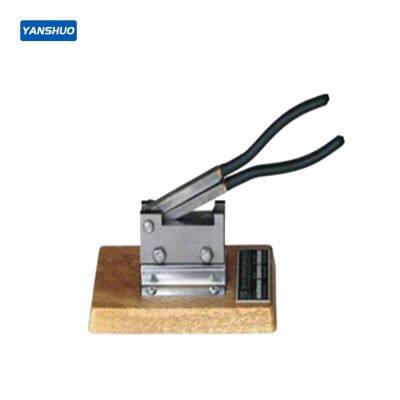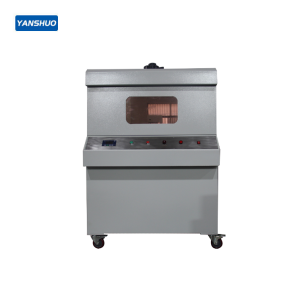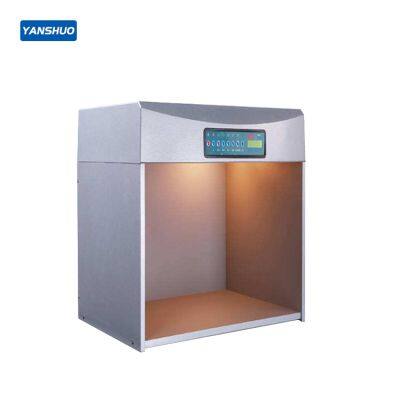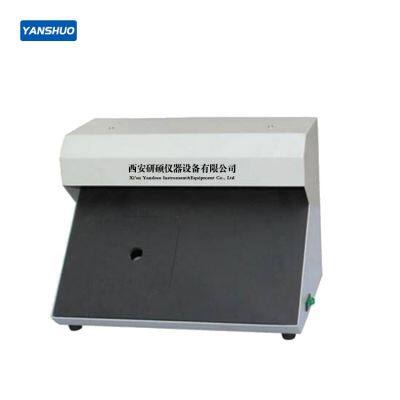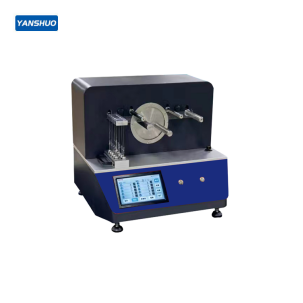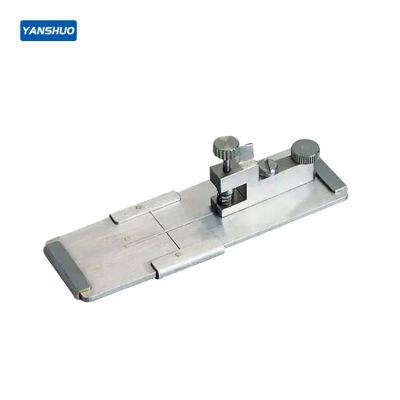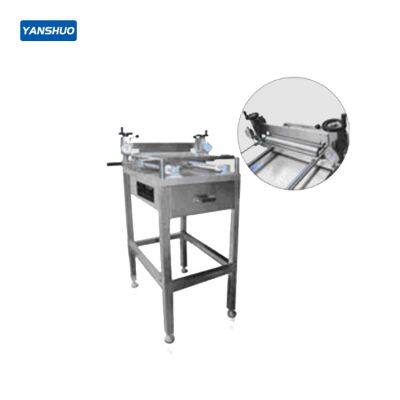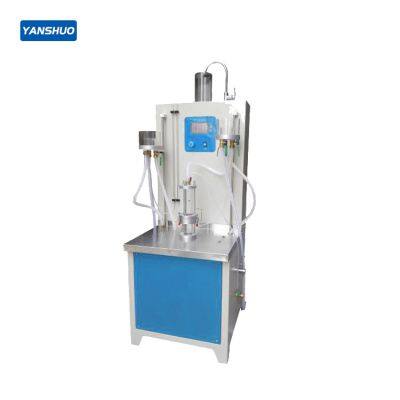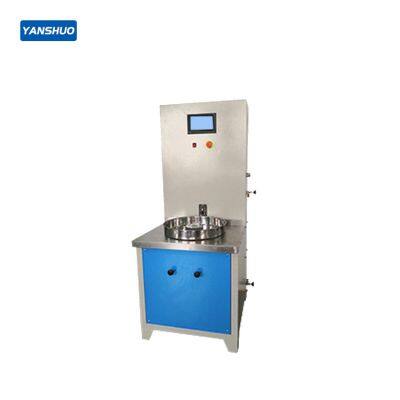Technical Guide for Hairiness Tester Procurement: The Fundamental Divide Between Optical vs. Capacit
In yarn hairiness detection, the core principle differences between optical and capacitive methods dictate their application boundaries. Optical systems quantify surface hairiness via light scattering/projection imaging:
Laser Scattering Method: Emits parallel laser beams onto yarn, captures scattered light signals via photodiode arrays, and calculates hairiness density (H-value) with ±0.1 hairs/cm precision. Ideal for smooth filaments (e.g., synthetics).
Projection Counting Method: Uses high-resolution CCD cameras for vertical yarn imaging, identifying hairs ≥3mm via algorithms (miss rate <2%). Tailored for short-staple yarns (cotton/linen/wool).
Capacitive methods rely on dielectric constant measurement: They detect mass variations (unevenness) but physically cannot sense surface hairiness—micron-level fibers negligibly affect dielectric properties. Using capacitive devices for hairiness testing yields invalid data.
Core Parameter Matrix:
| Detection Capability | Laser Scattering | Projection Counting | Capacitive Method |
|---|---|---|---|
| Hairiness Density (H-value) | Yes (0-15 hairs/cm) | Yes (0-10 hairs/cm) | Impossible |
| Hair Length Distribution | Density only | 1/2/3mm classification | Impossible |
| Foreign Matter Detection | Oil stains/polypropylene | Nep/grey cotton | Impossible |
| Applicable Yarn Types | Filaments/blends | Short-staple fibers | Unevenness only |
Procurement Checklist:
Optical Module Certification: Verify compliance with ISO 16532-2 (laser) or ASTM D5647 (projection).
Calibration Traceability: Demand NIST/CNAS certificates (laser wavelength tolerance ≤±5nm; CCD resolution ≥5μm).
Software Algorithm: Ensure hair-yarn separation tech (prevents misinterpreting yarn body shadows as hair).
Environmental Robustness: Confirm temperature-controlled sealed chambers (±1°C fluctuation causes ±8% H-value error).
Critical Technical Warning:
Capacitive devices claiming "hairiness detection" fraudulently reinterpret unevenness signals as hair data—violating GB/T 3292.1 fundamentals. Adhere to the iron rule: "Optics or Nothing" to avoid technical fallacy.
Recently Posted
-
Why do disposable diapers need to be tested with professional testing instruments?
August 23, 2025I. Limitations of subjective assessment1.1 Uncontrollable factors in manual testingTraditional manual testing methods have many limitations:Inconsistent testing conditions: The temperature, volume, and pouring speed of the liquid are difficult to standardize in each test.Subjective result judgment: Different personnel have different judgment criteria.Difficult to quantify data: It is impossible to provide precise numerical evRead More -
Domestic vs. Imported Electronic Tensile Testing Machines: Performance Comparison and Cost-Effective
August 22, 20251. Brand Comparison: Technological Heritage and Market LandscapeImported Brands: Examples include Instron, MTS, and Zwick/Roell, which have long dominated the high-end market with a rich history and deep technological heritage. Their products are known for high precision and stability, particularly excelling in fields such as aerospace and cutting-edge scientific research. However, prices are generally high, often two times oRead More -
From Beginner to Expert: Daily Calibration and Error Compensation Techniques for Electronic Universa
August 21, 2025I. Why is Calibration So Important? The Chain Reaction of Errors:A 0.5% force value error can lead to a >20% deviation in fatigue life prediction (ASTM E739 data).Case Study: A spring factory failed to calibrate promptly, resulting in a batch of products exceeding stiffness standards and incurring losses of ¥800,000.Mandatory Standards:ISO 7500-1 stipulates: Class 1 equipment requiresRead More -
Electronic Tensile Tester Selection Guide: 5 Easily Overlooked Key Parameters
August 20, 2025I. Range Selection: Bigger Isn't Always BetterGolden Ratio Principle:Routine test forces should fall within 10%-90% of the range (ASTM E4 requirement)Case: A testing lab purchased a 100kN machine for 5N wire tests, resulting in ±8% error (3x over-limit)Multi-Range Solutions:Test TypeRecommended RangeAccuracy RangeTextile fibers0.5-500N±0.5%Automotive wires1-10kN±0.8%Metal materials10-300kN±1.0%Smart Sensor Tech:Zwick RoelRead More




